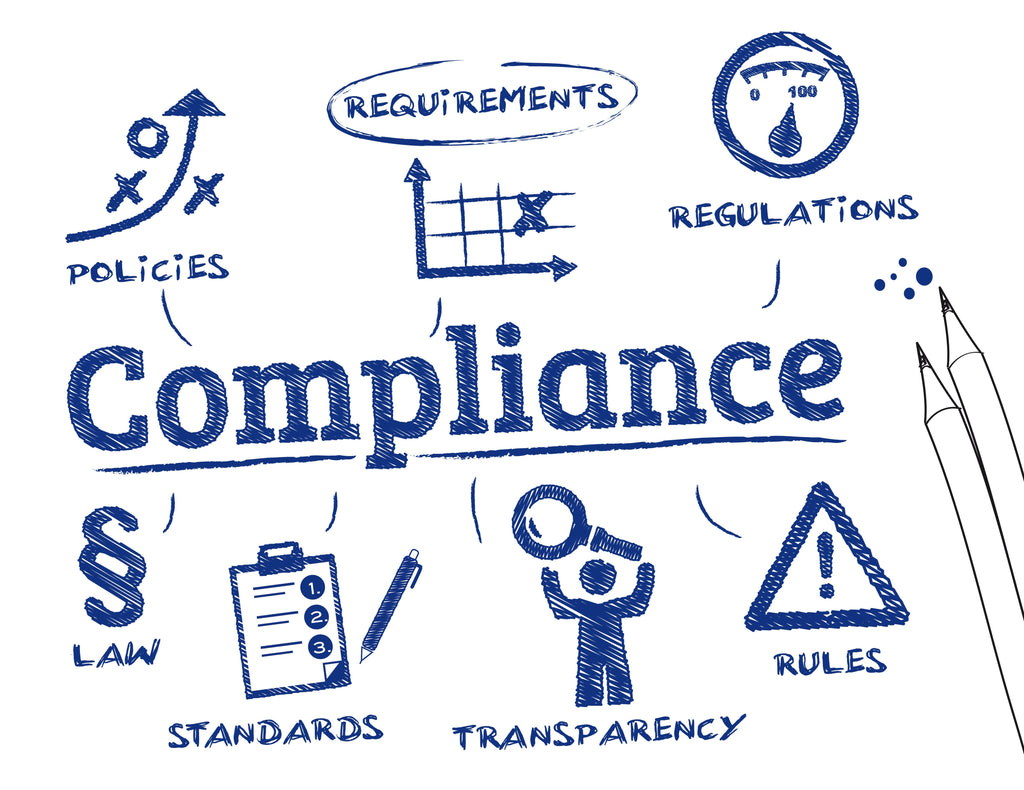To ensure compliance with the Occupational Safety and Health Administration's (OSHA) Bloodborne Pathogens Standard (29 CFR 1910.1030), a dentist or any healthcare provider that has employees with the potential for exposure to blood or OPIM must take the following steps:
-
Develop an Exposure Control Plan: This written plan must outline how the dental practice will protect employees from exposure to bloodborne pathogens, including procedures for handling sharps, personal protective equipment (PPE), and other safety measures. The plan must be reviewed and updated at least annually.
-
Implement Universal Precautions: Treat all blood and other potentially infectious materials (OPIM) as if they are contaminated with bloodborne pathogens. This includes following proper hand hygiene, wearing appropriate PPE, and using safe work practices when handling sharps and contaminated materials.
-
Provide Personal Protective Equipment (PPE): PPE must be readily available and provided to employees at no cost. This may include gloves, masks, eye protection, gowns, and other protective clothing. Employees must be trained on the proper use, maintenance, and disposal of PPE.
-
Train Employees: All employees with potential occupational exposure to bloodborne pathogens must receive training at the time of initial assignment and annually thereafter. Training should cover the Bloodborne Pathogens Standard, workplace hazards, and prevention strategies.
-
Implement Engineering Controls: Use devices or equipment that minimize the risk of exposure, such as sharps disposal containers, needleless systems, and self-sheathing needles.
-
Implement Work Practice Controls: Establish procedures for safely handling and disposing of sharps, contaminated materials, and other potential sources of exposure. Examples include hand hygiene, proper handling of sharps, and cleaning and disinfecting work surfaces.
-
Offer Hepatitis B Vaccination: Provide the Hepatitis B vaccination series to all employees with potential occupational exposure. The vaccination must be offered within 10 days of initial assignment and at no cost to the employee.
-
Post-exposure Evaluation and Follow-up: Establish procedures for evaluating and responding to exposure incidents. This includes providing medical evaluation, treatment, and follow-up for employees who have been exposed to bloodborne pathogens.
-
Maintain Records: Keep accurate records of employee training, exposure incidents, and medical evaluations. Training records must be retained for at least three years, while medical records must be kept for the duration of employment plus 30 years.
-
Develop a Medical Waste Management Plan: Properly manage and dispose of regulated waste, including sharps, contaminated materials, and other items that may pose a risk of infection.
By following these steps, a dentist or dental practice can comply with OSHA's Bloodborne Pathogens Standard and help ensure the safety and health of their employees. Our 2025 OSHA Compliance System is specific to dentistry or healthcare and includes everything a dentist, physician or any other healthcare provider would need to get into compliance affordably and easy.

